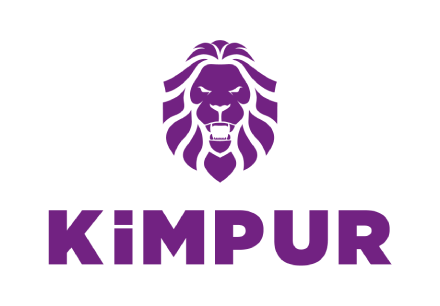Glycols:
Glycols are compounds comprised of two hydroxyl groups bonded to separate carbon atoms. It is produced from ethylene oxide, which is commercially obtained from ethylene. Ethylene glycol is broadly used as an antifreeze for manufacturing explosives with low freezing points and brake hydraulics.
MEG (Mono Ethylene Glycol):
Mono ethylene glycol (otherwise known as MEG, EG, 1.2-ethanediol or 1.2-Dihydroxyethane), is an organic compound the formula of which is C2H6O2. It is a slightly viscose liquid with a sweet taste, emitting almost no odor, which is clear and colorless in appearance. It has a moisture-holding property. The material has a broad field of use, as its freezing point is low and its boiling point is high.
DEG (Diethylene Glycol):
Diethylene glycol (DEG) is an organic chemical compound, the chemical formula of which is C4H10O3. It is colorless, odorless and hygroscopic in nature. It is used as a key component for manufacturing anti-corrosive solvents, and is also used for manufacturing unsaturated polyester resins, or polyurethanes. It dissolves in water and in many organic solvents. Diethylene glycol is similar to MEG (mono ethylene glycol) in terms of its properties; however, DEG is a component with a higher boiling point, viscosity and specific weight.
1-4 Butanediol
1-4 Butanediol is an odorless, viscous liquid derived from butane by placing alcohol groups at both ends of the molecular chain, and is one of the four stable isotopes of butanediol. Butanediol is used in manufacturing spandex fibers, polyurethane elastomers and copolyester ethers, and qualifies as a solvent within the industry.
Glycerin:
Glycerin, with a chemical formula of C3H8O3, is a polar organic trihydroxy alcohol that is present in liquid form. It can be mixed with water and ethanol due to its chemical properties, and dissolves in acetone. It is produced from oils. Glycerin can be obtained from herbal oils, animal fat and petrochemical raw materials.
DPG (Dipropylene Glycol):
DPG is a clear, odorless, viscous liquid, formulated as C6H14O3. It can be completely mixed with water, and can also be mixed with many organic solvents. Dipropylene glycol is produced as a byproduct of propylene glycol production, which occurs in a propylene oxide hydrolysis process.
TMP (Trimethylolpropane):
Trimethylolpropane (TMP) is an organic compound, the formula of which is C6H14O3. Comprised of three hydroxyl functional groups, TMP is used in polyurethanes, unsaturated resins, polyester resins and coatings.
